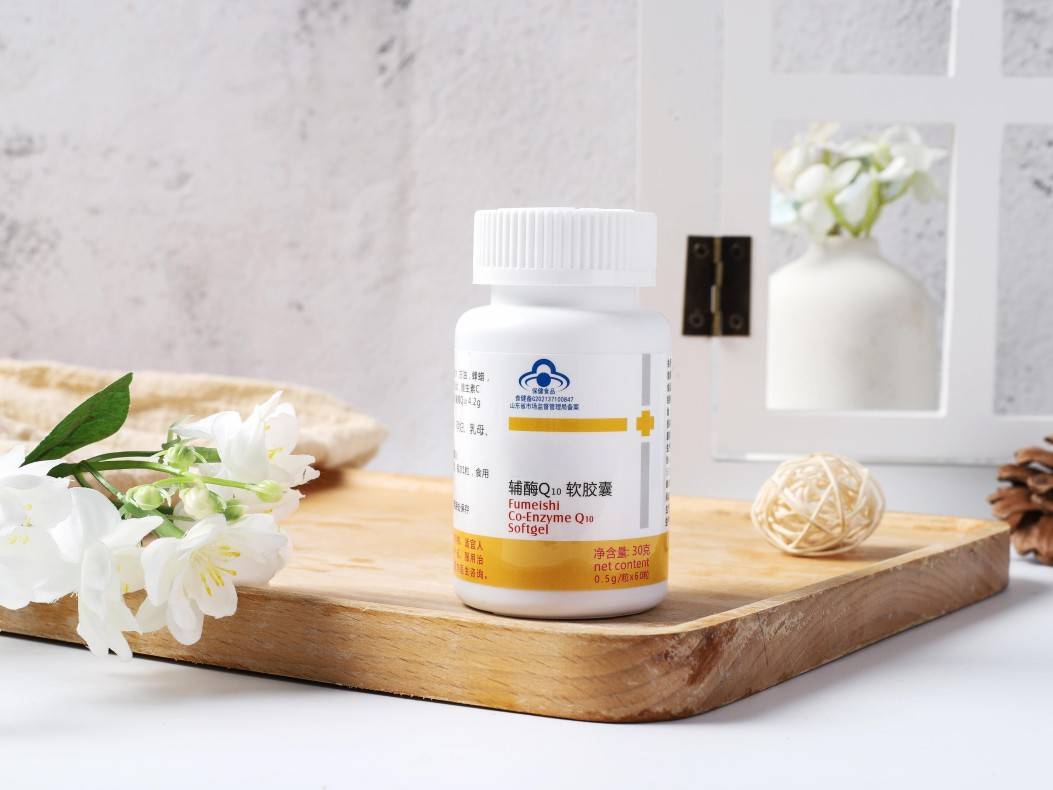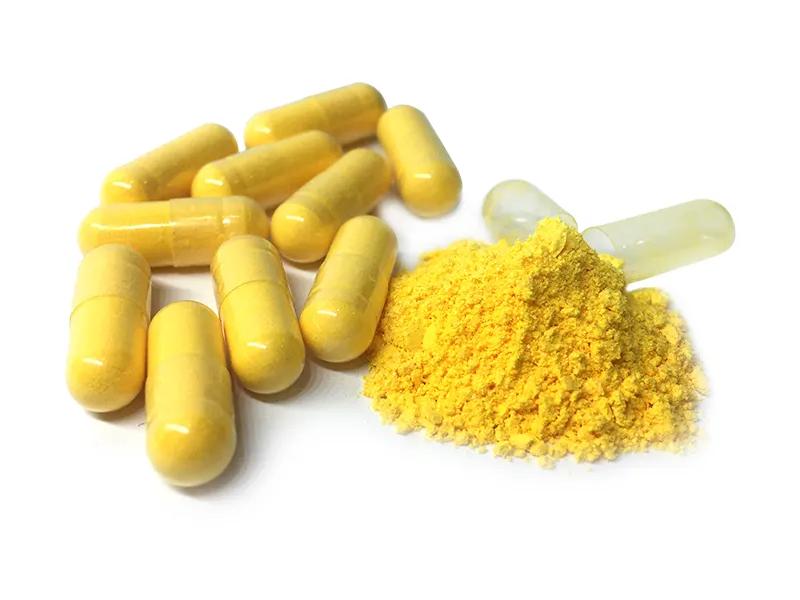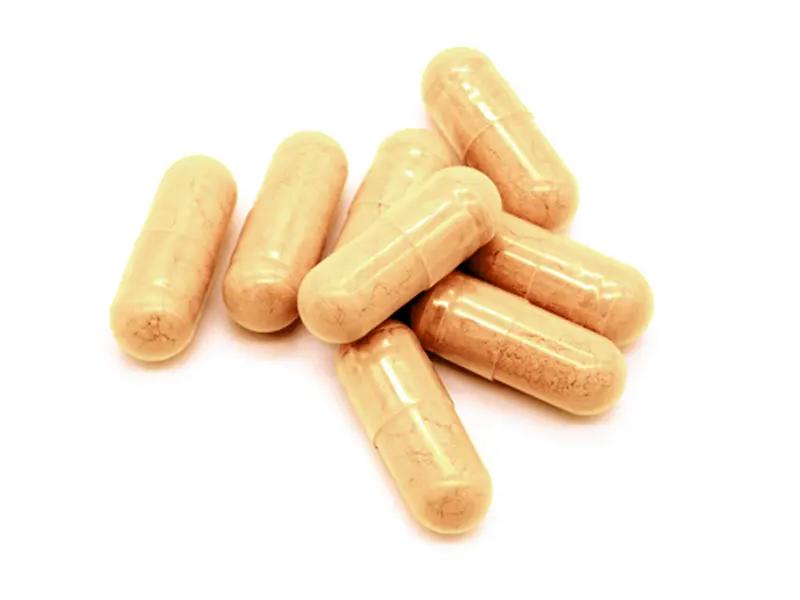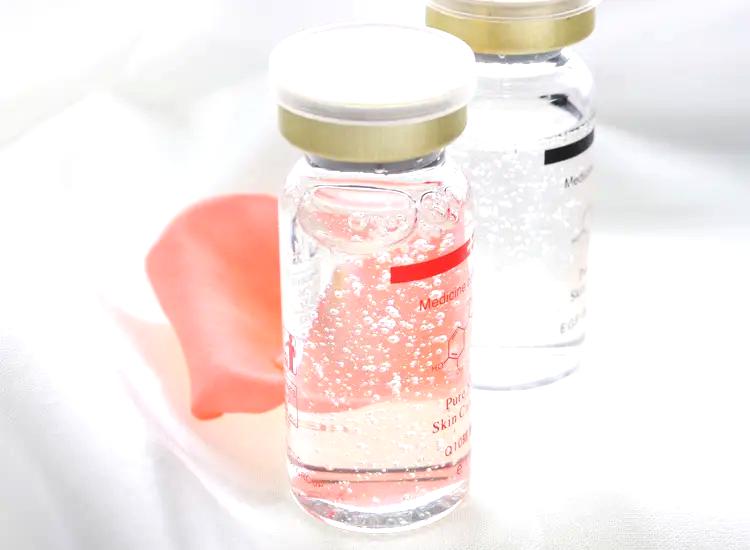What Is Coenzyme Q10 Used For?
1. What is Coenzyme Q10?
Coenzyme Q10 is a fat-soluble antioxidant and an important element essential to human life. Coenzyme Q10 is mainly found in the human heart, liver, kidneys, and adrenal glands, where it activates human cells and supplies nutrients for cellular energy. It improves the human immune system, enhances anti-oxidation, delays aging, and enhances vitality. It is widely used in medicine to treat cardiovascular diseases.
Coenzyme Q10 was first discovered in the United States in 1957. The same year, Dr. Peter MacCallum of the University of Edinburgh in the United Kingdom won the Nobel Prize for his contribution to studying the relationship between coenzyme Q10 and cellular energy.
Coenzyme Q10, also known as ubiquinone 10, is a fat-soluble quinone with a structure similar to that of vitamin K. It is named after the polymerization degree of the side chain – the polyisoprenyl group – on the sixth position of the parent nucleus, which is 10. It is a quinone ring compound.
Figure 1 Molecular Structure of Coenzyme Q10
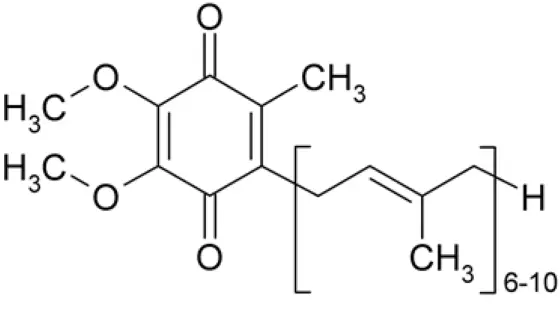
Chemical name: 2,3-dimethoxy-5-methyl-6-decylidenepent-1-enyl-benzoquinone; molecular weight: 863.36; at room temperature, it is a yellow or light yellow crystalline powder; odorless and tasteless; easily soluble in chloroform, benzene, carbon tetrachloride, soluble in acetone, petroleum ether and ether; slightly soluble in ethanol, insoluble in water and methanol. Coenzyme Q10 is easily decomposed by light, but less affected by temperature and humidity. Its melting point is 49°C.
Coenzyme Q10 is relatively abundant in organs (heart, liver, kidney), beef, soybean oil, sardines, dragonflies, and peanuts. The total amount of coenzyme Q10 in the human body is 0.5 to 1.5 grams, generally higher in men than in women, and mostly found in muscle cells. The amount of coenzyme Q10 in the human body mainly depends on food supplementation and endogenous synthesis.
The amount of coenzyme Q10 in the body decreases with age, reaching a peak at the age of 20. The coenzyme Q10 in the heart muscle of a 77-year-old person is 57% lower than that of a 20-year-old. When the body's coenzyme Q10 concentration falls below a certain level, it can cause fatigue, a weakened immune system, endocrine disorders, and thus metabolic abnormalities, which can lead to various diseases and dental problems such as periodontitis, gingivitis, gum recession, tooth bleeding, and bad breath.
2. Coenzyme Q10 Production Method
There are three main methods of coenzyme Q10 production: the first is the extraction of animal and plant tissues; the second is chemical synthesis; and the third is microbial fermentation extraction.
China is the world's leading tobacco producer, and there is a large amount of waste tobacco that cannot be used for cigarettes. As early as the late 1970s, China began research and development work on the extraction of nicotinol from waste tobacco. In the early 1990s, China invested a lot of energy in the research of new coenzyme Q10 processes, and achieved gratifying results, laying a good foundation for the industrial production of coenzyme Q10 in China.
Since its discovery by scientists in 1957, coenzyme Q10 has been popular for its unique ability to boost cellular energy and its strong antioxidant properties. However, the form of coenzyme Q10 that can be directly used by human cells is reduced coenzyme Q10. When cells receive oxidized coenzyme Q10, they need to convert it once more before it can become reduced coenzyme Q10, which can be directly used by cells. Therefore, if cells can be provided with readily usable reduced coenzyme Q10, the rate at which the cells absorb coenzyme Q10 and the rate at which the coenzyme Q10 level in the cells increases will both be greatly improved.
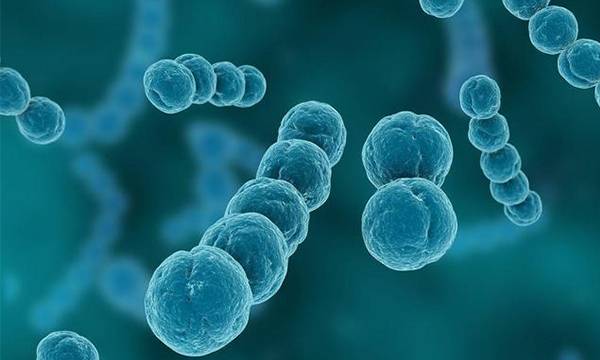
The production of reduced coenzyme Q10 has always been restricted by technical bottlenecks. Based on this starting point, the research team at Yunnan Yuxi Jiankun Biopharmaceutical Co., Ltd. has successfully produced high-purity, highly active reduced coenzyme Q10 from waste tobacco leaves after years of research and development. Q10. The prototype coenzyme Q10 undergoes a change from a hydrogen-proton acceptor to an alcohol-type structure, which alters its hydrophilic and lipophilic properties and enables it to transfer electrons. Its bioavailability is significantly higher than that of coenzyme Q10 (oxidative).
3. What Is Coenzyme Q10 Used For?
3.1 Free Radical Scavenging
Coenzyme Q10 is an energy converter in the mitochondria of cells. It participates in the “tricarboxylic acid cycle” by transferring and transmitting electrons to produce ATP (adenosine triphosphate), i.e. an energy source for cellular metabolism. Experiments have shown that after coenzyme Q10 in the body is converted to alcohol, it can regenerate VE by directly reacting with peroxide radicals, and it can exert an antioxidant effect alone and in synergy with VE.
The decline in immune function with age is the result of free radicals and free radical reactions. Coenzyme Q10, a powerful antioxidant, can inhibit free radicals from binding to receptors on immune cells and inhibit cell differentiation when used alone or in combination with vitamin B₆ (pyridoxine). It also has a modifying effect on the microtubule system related to activity, strengthens the immune system, and delays aging.
3.2 Skin Protection
Coenzyme Q10 can penetrate the skin growth layer and reduce the oxidative reaction of photons. With the help of tocopherol, it can activate specific tyrosine kinase phosphorylation, prevent oxidative DNA damage, inhibit the expression of collagenase in human skin fibroblasts under ultraviolet light, and protect the skin from damage. Extensive research has found that coenzyme Q10 inhibits lipid peroxidation, reduces the production of free radicals, protects the active center of SOD and its structure from free radical oxidative damage, increases the activity of enzymes such as SOD in the body, inhibits apoptosis induced by oxidative stress, and has significant antioxidant effects.
3.3 Heart Protection
Coenzyme Q10 increases ATP synthesis and has a direct protective effect on cell membranes, stabilizing the environment inside and outside the cell. It also has a preventive effect on mitochondrial deformation in myocardial cells during ischemia and plays a key role in myocardial hypoxia.

3.4 Immune Enhancement
Coenzyme Q10 is a natural antioxidant and cell metabolism activator produced by cells themselves. It has the effect of protecting and restoring the integrity of biological membrane structures and stabilizing membrane potential. It is a nonspecific immune enhancer for the body and therefore shows excellent anti-fatigue effects. Coenzyme Q10 keeps cells in good health, so the body is full of vitality and mental energy.
3.5 Enhances Muscle Energy
Studies have shown that coenzyme Q10 supplementation of 100 to 150 mg/day can significantly improve the condition of people suffering from muscle nutritional disorders. Strenuous physical exercise reduces blood levels of coenzyme Q10, and supplementation of 60 mg per day can improve an athlete's skills. Many overweight people have very low levels of coenzyme Q10, and supplementation can help them lose weight. This is because coenzyme Q10 can accelerate fat metabolism, provide sufficient energy to the limbs and brain, and boost energy levels.
3.6 Improves Microcirculation
Studies have shown that coenzyme Q10 can treat microcirculation disorders, improve cell hypoxia, and reduce cell damage.
3.7 Safety
Test results show that in an acute oral toxicity test, mice showed no significant abnormal activity or signs of poisoning. According to the acute toxicity classification, coenzyme Q10 is practically non-toxic. Coenzyme Q10 was not found to have a mutagenic effect on mouse prokaryotic cells, somatic cells, or germ cells in the Ames test, micronucleus test with mouse bone marrow polychromatic erythrocytes, or mouse sperm deformity test. It can be seen that coenzyme Q10 is safe to use as a raw material.
In many years of clinical research reports at home and abroad, no cases of significant toxic side effects due to the use of coenzyme Q10 have been found. Coenzyme Q10 is an OTC product in the US and European markets, so it is not a foreign substance and is harmless to the human body.
4.The Use of Coenzyme Q10 in Personal Care Products
Coenzyme Q10 is a natural antioxidant that can be used to remove oxygen free radicals, delay skin aging, effectively penetrate the skin, stimulate cell activity, and improve skin texture. It can promote skin metabolism and repair skin wrinkles. It can be used to make various products according to the different functional needs of cosmetics. For example, Nivea's Men's Vitality Energizing Series and DHC's Firming and Rejuvenating Beauty Cream both contain coenzyme Q10. Recently, Finesse in the United States and Svenson in Germany have also launched shampoos containing coenzyme Q10 for anti-aging and daily care of damaged hair.
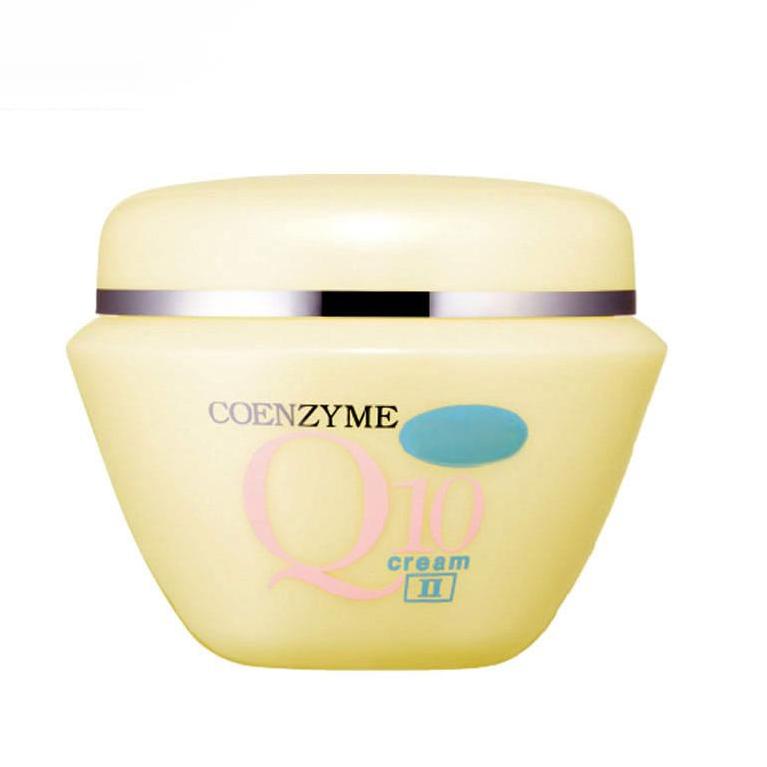
5.Application of Coenzyme Q10 in Oral Care Products
Coenzyme Q10 can improve microcirculation, promote tissue microcirculation system metabolism, enhance tissue cell vitality, accelerate cell renewal, and is beneficial for cell tissue protection and repair. It has a strong antioxidant capacity, can prevent edema, membrane rupture, and death of dental tissue cells, and enhances the protective ability of the gums. It can also remove excessive active oxygen free radicals and prevent degenerative lesions of dental tissue caused by D-galactose; activate cell metabolism, provide tissue energy, reduce harmful microorganisms in the mouth, and help prevent gum infection, bleeding, redness, and tooth loosening and loss. Therefore, coenzyme Q10 can be used very well in oral care products. Currently, there is a Jinjianlang reduced coenzyme Q10 toothpaste produced by Yunnan Yuxi Jiankun Biopharmaceutical Company.
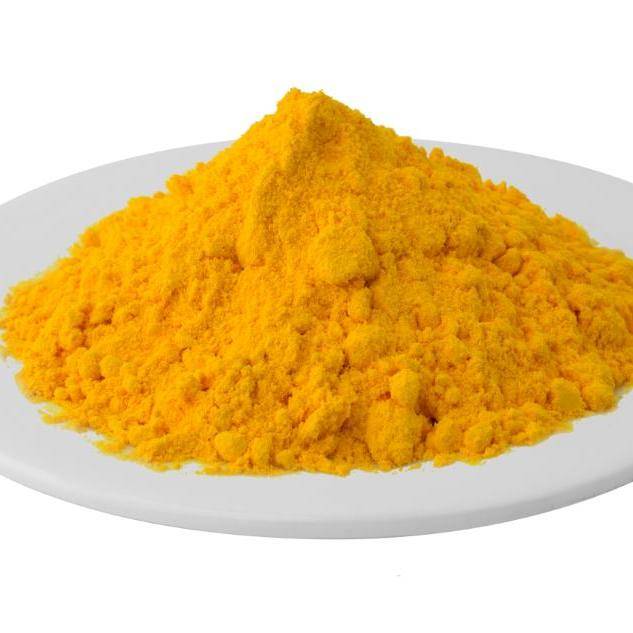
6.Conclusion
Coenzyme Q10 is a multifunctional biochemical drug that plays an important role in providing biological energy and maintaining life functions. As an antioxidant produced by cells themselves, it has a very broad range of activities. The consumer market for coenzyme Q10 is mainly concentrated in the United States, Japan, Western Europe, and Australia. The US FDA issued an approval in 2003, officially using coenzyme Q10 as a food additive in food production. The Japanese Ministry of Health, Labour, and Welfare also officially approved coenzyme Q10 as a food additive in 2004. At present, since research on coenzyme Q10 in China started relatively late and it is mainly used in the pharmaceutical field and health food, it can be foreseen that as people's understanding of coenzyme Q10 continues to deepen, its use in personal care products and oral care products will become more and more widespread.
Reference:
[1] Li Hui, Li Wei, Wang Fengming. Acute toxicity and genotoxicity study of coenzyme Q10 soft capsules. Chinese Food and Nutrition, 2010, 11: 66-69
[2] Tao Zhijie, Wang Gailing, Li Yan. New developments in the preparation and application of coenzyme Q10. Animal Husbandry and Feed Science, 2010, 31(9): 9-10
[3] Wang Duoren. Development and application of coenzyme Q10. Beverage Industry, 2010, 08: 8-16
[4] Qian Xue, Wang Zuqiao, Han Guoping, Sun Chunxia. Pharmacology and application of coenzyme Q10. Food and Drugs, 2006, 8(01): 16-19
[5] Ma Ju, Shi Ning. Research progress in the application of coenzyme Q10 in food. Food Science and Technology, 2009, 34(2): 18-21


 English
English French
French Spanish
Spanish Russian
Russian Korean
Korean Japanese
Japanese